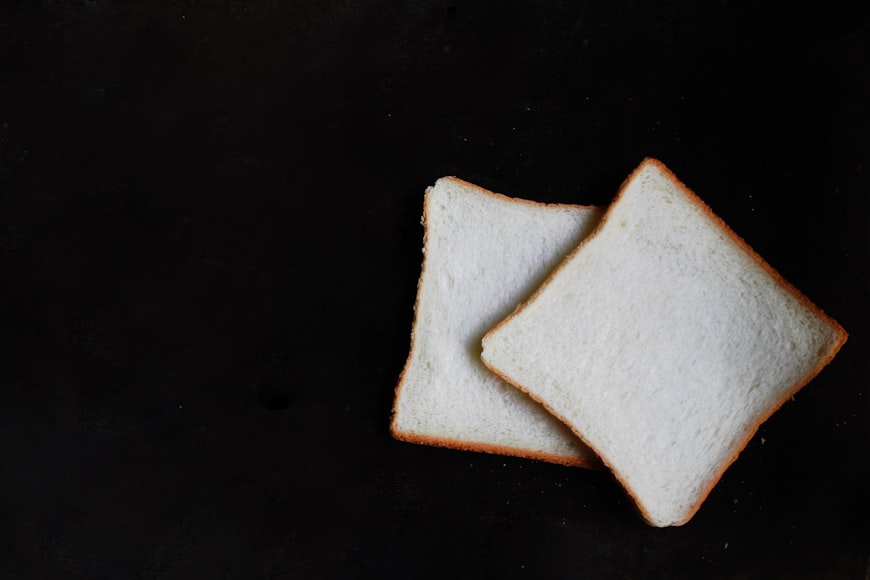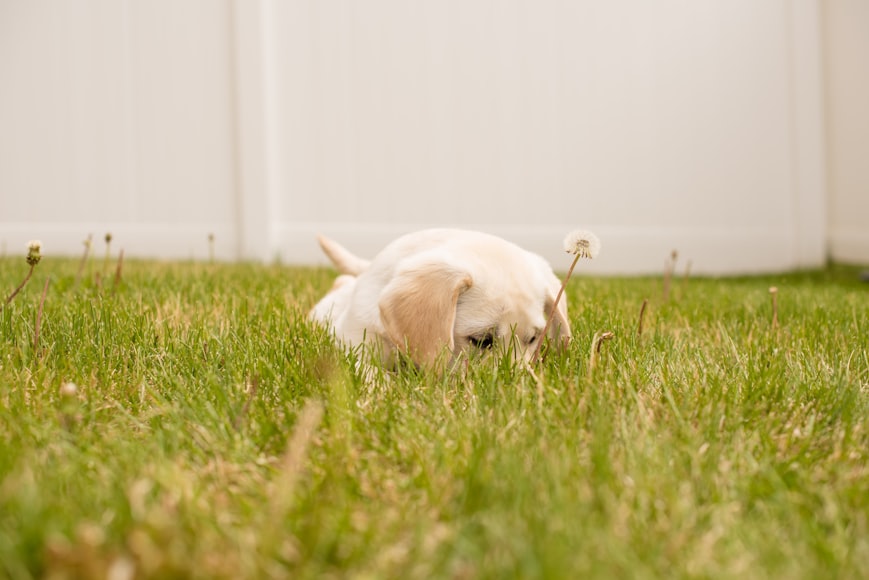I. Introduction
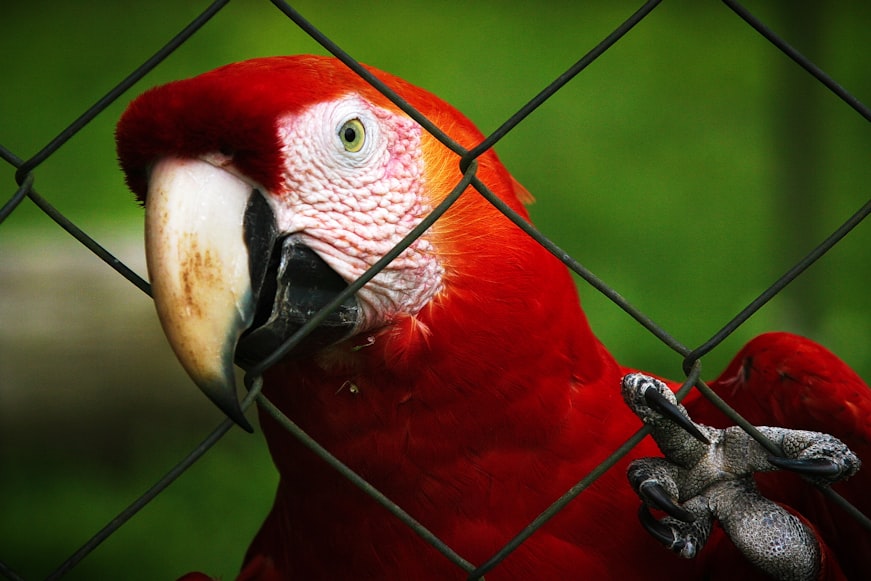
- Avian Wonder: An Overview
The Eclectus Parrot, a marvel of the avian world, is an enigmatic species that captivates hearts with its striking beauty and unique characteristics. Native to the tropical rainforests of New Guinea, the Solomon Islands, and northeastern Australia, this vibrant parrot has garnered a devoted following among bird enthusiasts and pet owners alike.
- Distinctive Dimorphism: A Tale of Two Plumages
One of the most remarkable features of the Eclectus Parrot is its extraordinary plumage dimorphism. Unlike most other parrot species where males and females share similar appearances, Eclectus Parrots exhibit a dramatic difference in coloration.
A. Male Eclectus Parrots
- Emerald Elegance: Male Eclectus Parrots are a captivating sight, adorned in an iridescent emerald green plumage. Their feathers shimmer with an otherworldly radiance, making them a true sight to behold.
- Deep Blue Accents: The vibrant emerald green is complemented by striking cobalt blue accents on their primary and secondary flight feathers. These blue patches add a touch of brilliance to their already mesmerizing appearance.
B. Female Eclectus Parrots
- Purple Majesty: Female Eclectus Parrots are adorned in a majestic purple plumage, ranging from rich lilacs to deep plums. Their feathers have a velvety texture, adding an air of elegance to their regal attire.
-
Scarlet Accents: The purple plumage is adorned with vibrant scarlet accents on their underparts. These patches of fiery red add a touch of warmth and contrast to their overall appearance.
-
Size and Morphology
Eclectus Parrots are medium-sized parrots, with males typically weighing around 500-600 grams and females slightly larger at 600-700 grams. They have a graceful and slender body, with a slightly elongated tail. Their beaks are short and powerful, with a distinctive hook at the tip.
- Behavior and Vocalizations
Eclectus Parrots are highly intelligent and social creatures. They are affectionate and playful with their owners, but can also be quite independent. They are known for their intelligence and ability to mimic human speech.
Their vocalizations are varied and include a wide range of calls, whistles, and squawks. They are also known for their unique “eclectus roar,” a loud and distinctive call used to communicate with each other.
- Diet and Nutrition
Like most parrots, Eclectus Parrots are omnivorous and enjoy a varied diet. Their primary food source is fruits and vegetables, but they also eat nuts, seeds, and insects. It is important to provide a balanced and nutritious diet to ensure their optimal health and well-being.
- Habitat and Conservation
Eclectus Parrots are found in tropical rainforests, where they nest in tree cavities. They are relatively common in their native habitats, but their populations have been declining due to habitat loss and the illegal pet trade. Conservation efforts are underway to protect and preserve this enigmatic species.
II. Habitat and Distribution
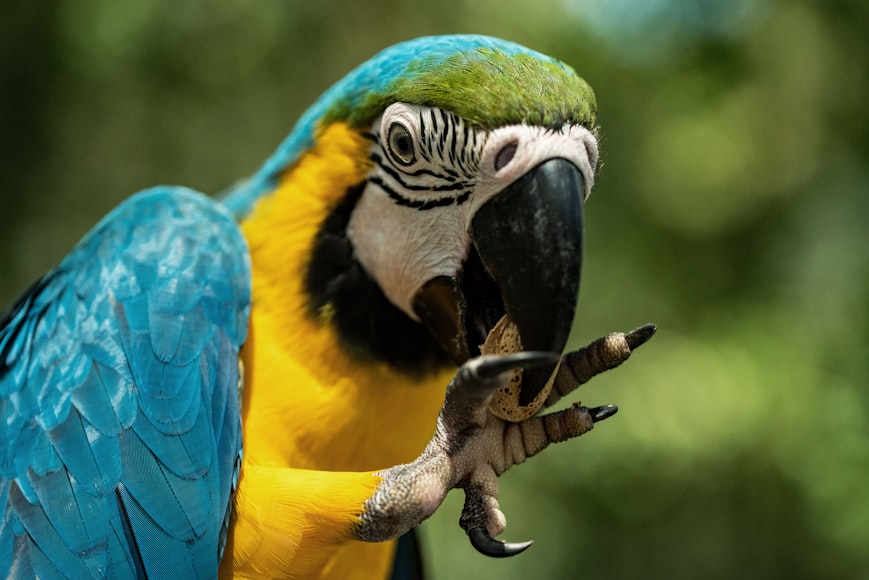
A. Origin and Natural Habitat
The Eclectus Parrot (Eclectus roratus) is a vibrant and sexually dimorphic parrot native to the tropical rainforests of the Maluku Islands (Moluccas), New Guinea, and the Solomon Islands. The species has adapted to the dense and humid vegetation of these subtropical and temperate forests, where it thrives amidst an abundance of fruit and nectar.
Eclectus Parrots primarily inhabit lowland and mid-altitude forests, but they have also been observed at higher elevations. These forests provide the parrots with ample nesting sites in tree cavities and a constant supply of food resources. The dense canopy offers shelter from predators and harsh weather conditions.
The specific habitats where Eclectus Parrots are found can vary depending on the subspecies. The four subspecies are:
- Red-sided Eclectus (Eclectus roratus roratus): Found in the southern Moluccas and New Guinea.
- Violet-sided Eclectus (Eclectus roratus violaceus): Found in the northern Moluccas and New Guinea.
- Grand Eclectus (Eclectus roratus polychloros): Found in the Bismarck Archipelago.
- Solomon Islands Eclectus (Eclectus roratus macgillivrayi): Found in the Solomon Islands.
B. Range and Migration Patterns
Eclectus Parrots are predominantly resident birds, meaning they do not engage in long-distance migrations. Instead, they have adapted to the fluctuating food availability in their habitats by undertaking seasonal movements.
During the wet season (December to April), Eclectus Parrots disperse widely in search of fruiting trees. They may travel up to 200 kilometers away from their nesting sites to exploit food resources.
As the dry season approaches (May to November), the parrots concentrate around rivers, streams, and other water sources. This is because their preferred fruits become less abundant during this period, and the parrots rely on nectar, pollen, and leaves as alternative food sources.
The movement patterns of Eclectus Parrots can also be influenced by human activities. Deforestation, urbanization, and agricultural expansion have led to a reduction in their natural habitats, forcing them to adapt to fragmented and disturbed landscapes.
In summary, Eclectus Parrots inhabit the tropical rainforests of Southeast Asia and Papua New Guinea, where they have adapted to the dense vegetation and abundant food resources. While they are generally resident birds, they do undertake seasonal movements to exploit fruiting trees and other food sources.
III. Physical Characteristics
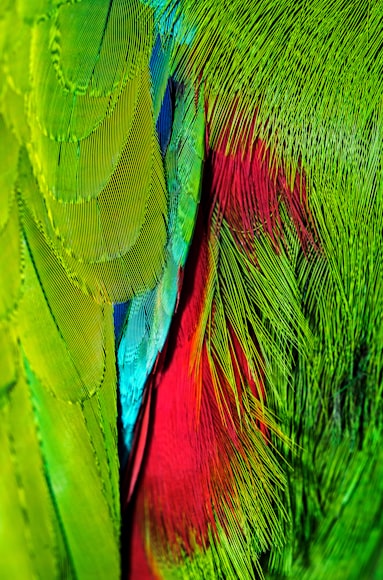
A. Size, Weight, and Body Shape
The Eclectus Parrot is a medium-sized parrot, with males measuring approximately 14 inches in length and females reaching a larger size of up to 20 inches. They exhibit a typical parrot shape, featuring a compact body, a long tail, and a distinctive curved beak. Males typically weigh around 12-14 ounces, while females can weigh up to 24 ounces.
Their compact body is well-muscled, allowing them to navigate their treetop habitats with grace and agility. The long tail provides balance and aids in steering during flight.
B. Unique Coloration and Dimorphism
The Eclectus Parrot is renowned for its striking coloration and extreme sexual dimorphism, where males and females exhibit drastically different appearances.
Males:
Male Eclectus Parrots are adorned in a vibrant emerald green plumage, with a distinctive blue band encircling the eyes. Their beaks are predominantly orange-red, and their feet are a dark gray.
Females:
Female Eclectus Parrots, in contrast, present a stunning array of colors. Their plumage varies from deep maroon to vibrant purple, with a bold blue patch on the wings. They have a black beak and gray feet, creating a stark contrast to the males.
This extreme sexual dimorphism is believed to have evolved as a form of crypsis, where the green males blend into the foliage to avoid predation, while the brightly colored females attract mates with their conspicuous presence.
Other Physical Characteristics
Eyes: Eclectus Parrots have large, expressive eyes, typically brown or black in color. Their pupils are round, and their irises can exhibit subtle variations in color.
Beak: Their curved beaks are strong and adapted for a wide range of activities, including cracking nuts, foraging for fruits, and grooming their feathers.
Feathers: Eclectus Parrots have soft, downy feathers that provide insulation and enable them to glide through the air with ease. Their underfeathers are typically a lighter shade than their outer feathers.
Legs and Feet: Their legs are sturdy and equipped with sharp claws that enable them to perch and climb with dexterity. Their feet are zygodactylous, meaning two toes face forward and two toes face backward for optimal stability.
IV. Diet and Feeding

A. Omnivorous Nature and Preferred Dietary Items
Eclectus parrots are omnivorous birds, meaning they thrive on a diverse diet that includes both plant-based and animal-based foods. Their varied culinary preferences reflect their wild habitat, where they inhabit rainforests and consume a wide range of fruits, nuts, seeds, insects, and even small animals.
Plant-Based Foods:
- Fruits: Eclectus parrots adore fruits, with their favorites including mangoes, figs, bananas, apples, grapes, berries, and papayas. These fruits provide essential vitamins, minerals, and antioxidants.
- Vegetables: Although not as enthusiastic about vegetables as fruits, Eclectus parrots will consume leafy greens like spinach, kale, and dandelion greens. Vegetables offer vitamins, minerals, and fiber.
- Nuts and Seeds: These provide healthy fats, proteins, and essential nutrients. Offer walnuts, almonds, pecans, and sunflower seeds in moderation.
- Pellet Food: Commercially available pellet foods are a convenient and balanced source of nutrition. Choose pellets specifically formulated for Eclectus parrots.
Animal-Based Foods:
- Insects: In their natural environment, Eclectus parrots consume insects such as grasshoppers, crickets, and mealworms. These insects provide essential proteins and fats.
- Cooked Eggs: Hard-boiled or scrambled eggs are a nutritious and palatable treat for your parrot.
- Yogurt: Plain, unsweetened yogurt offers calcium and protein. Serve in moderation.
B. Feeding Habits and Nutritional Requirements
Eclectus parrots feed throughout the day, consuming small meals frequently. Their digestive system is adapted to digest plant matter efficiently. To ensure optimal health, it’s crucial to provide a varied and balanced diet that meets their nutritional requirements:
- Proteins: Essential for tissue growth and repair. Provide proteins from animal-based foods, pellets, and nuts.
- Carbohydrates: Provide energy and fiber. Offer them through fruits, vegetables, and whole-grain bread.
- Fats: Essential for cell function and metabolism. Good sources include nuts, seeds, and avocado (in moderation).
- Vitamins and Minerals: Found in fresh fruits, vegetables, and pellet foods. Ensure they receive adequate amounts of calcium, vitamin A, and vitamin D3.
- Water: Provide fresh, clean water at all times. Dehydration can lead to serious health issues.
Feeding Recommendations:
- Offer a variety of fresh foods daily, including fruits, vegetables, nuts, and seeds.
- Provide a bowl of pellet food that your parrot can access throughout the day.
- Supplement with occasional treats like cooked eggs or yogurt.
- Remove uneaten food after a few hours to prevent spoilage.
- Monitor your parrot’s weight and adjust the portion sizes as needed.
- Consult with an avian veterinarian for personalized feeding advice and regular health checkups.
By providing a nutritious and balanced diet, you can ensure that your Eclectus parrot thrives and enjoys a long and healthy life. Remember, every parrot is an individual with unique needs, so tailoring their dietary plan to their preferences and health requirements is essential.
V. Behavior and Communication
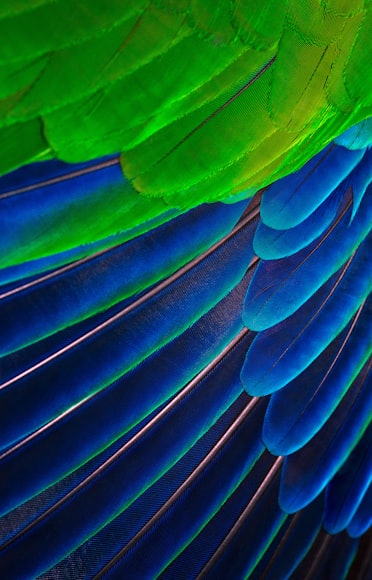
Eclectus parrots (Eclectus roratus) are renowned for their striking sexual dimorphism and captivating behavior. Their social dynamics and communication patterns offer fascinating insights into their complex cognitive abilities and adaptations to their environment.
A. Social Behavior and Flock Dynamics
Eclectus parrots are highly social creatures that live in small flocks of up to 30 individuals. These flocks are typically led by a dominant pair, and the members maintain a carefully established hierarchy.
- Dominance Hierarchy: Dominance is asserted through various social interactions, such as vocalizations, body language, and physical confrontations. The dominant pair enjoys priority access to food resources, preferred roosting sites, and mating opportunities.
- Allo-grooming: Eclectus parrots engage in mutual grooming, known as allo-grooming, to maintain social bonds and strengthen the flock structure. This behavior serves to remove parasites, distribute oils, and provide comfort to flock members.
- Cooperative Breeding: In some populations, Eclectus parrots practice cooperative breeding, where non-reproductive flock members help care for the offspring of the dominant pair. This behavior enhances the reproductive success of the colony as a whole.
B. Vocalizations and Communication Patterns
Eclectus parrots possess a remarkable repertoire of vocalizations that serve various communicative functions.
- Contact Calls: Contact calls are loud, high-pitched squeals that are used to maintain flock cohesion. These calls allow individuals to locate each other over long distances and in dense vegetation.
- Alarm Calls: Alarm calls are distinct vocalizations that warn flock members of potential threats, such as predators or humans. These calls trigger an immediate response from the flock and help ensure the safety of its members.
- Courtship Calls: Courtship calls are used by both males and females to attract mates. Male calls are typically high-pitched and melodious, while female calls are lower-pitched and more complex.
- Threat Calls: Threat calls are vocalizations that are used to warn potential rivals or aggressors of the parrot’s territory. These calls are often accompanied by aggressive body language and may escalate to physical confrontations if not heeded.
- Duetting: Eclectus parrots engage in duetting, where a pair of birds calls alternately in a synchronized manner. This behavior strengthens the pair bond and is often used to defend their territory or attract a mate.
In addition to vocalizations, Eclectus parrots also communicate through body language and facial expressions. They may adjust their feathers, posture, and eye movements to convey a range of emotions and intentions, such as aggression, submission, or contentment.
Conclusion
The social behavior and communication patterns of Eclectus parrots offer a glimpse into the complexities of their cognitive abilities and the adaptations they have evolved to thrive in their environment. Their diverse vocalizations and body language serve to maintain flock cohesion, find mates, defend their territory, and express a wide range of emotions. Understanding these communication patterns is essential for establishing successful relationships with these captivating birds and promoting their well-being in captivity and the wild.
VI. Intelligence and Learning
Eclectus parrots are renowned for their exceptional cognitive abilities and learning capabilities, making them both fascinating companions and highly trainable birds.
A. Cognitive Abilities and Problem-Solving Skills
Eclectus parrots possess a highly developed neocortex, a brain region associated with complex cognitive functions. They exhibit remarkable problem-solving skills, demonstrating an ability to:
- Use tools: They have been observed using sticks and other objects to manipulate food and access hidden items.
- Understand cause-and-effect relationships: They can learn to perform specific actions to obtain desired outcomes.
- Innovate: Eclectus parrots have shown a capacity for novel problem-solving, inventing new techniques to achieve their goals.
- Comprehend language: They are known for their exceptional language abilities, understanding and responding to spoken words and phrases.
B. Training and Socialization Capabilities
The impressive cognitive abilities of Eclectus parrots translate into their exceptional training and socialization capabilities. These birds are highly receptive to positive reinforcement and can learn a wide range of behaviors:
- Speaking: Eclectus parrots are capable of mimicking human speech, with some individuals learning extensive vocabularies.
- Tricks: They can be taught various tricks, such as playing fetch, dancing, and solving puzzles.
- Behavioral shaping: Eclectus parrots can be trained to exhibit desired behaviors, such as potty training, gentle handling, and respecting boundaries.
- Socialization: These parrots crave companionship and can be socialized with humans and other birds. They form strong bonds with their caregivers and enjoy interacting with them.
Factors Influencing Learning:
- Age: Younger parrots are more receptive to training and socialization.
- Personality: Each Eclectus parrot has a unique personality, which influences their learning style and preferences.
- Motivation: Providing positive reinforcement and rewards will increase a bird’s willingness to participate in training.
- Consistency: Regular training sessions are essential for establishing successful behaviors.
- Patience: Training and socialization require time and patience. It is important to avoid punishing the bird for mistakes and instead focus on positive reinforcement.
Eclectus parrots are intelligent and trainable birds that bring joy and companionship into their owners’ lives. Their cognitive abilities and learning capabilities make them exceptional pets and fascinating subjects for study. With proper care and training, Eclectus parrots can thrive as cherished members of their families for many years to come.
VII. Breeding and Reproduction
Eclectus parrots are sexually dimorphic, meaning males and females have distinct physical appearances. Males are a vibrant emerald green with a yellow beak and a red patch on their underside. Females, on the other hand, are predominantly red and maroon with a black beak and blue markings on their wings.
A. Mating Habits and Courtship Rituals
During the breeding season, which typically occurs from August to February, males engage in elaborate courtship rituals to attract females. They display their plumage, call loudly, and engage in mutual preening. Males also perform a dance by swaying their heads and bodies, and fluffing their feathers.
When a female is receptive, she will respond to the male’s advances by allowing him to mount her. Copulation usually occurs in a semi-recumbent position, with the male on top of the female.
B. Nesting Sites and Reproductive Behavior
Eclectus parrots are cavity nesters. They typically choose hollow trees, crevices in rocks, or termite mounds as their nesting sites. The female selects the nest site and prepares it by removing any debris.
The female lays a clutch of 1-3 eggs, which are incubated for approximately 28 days primarily by the female. During incubation, the male feeds and protects the female. After hatching, the chicks are altricial (helpless) and rely on their parents for food and care.
Both parents feed the chicks regurgitated food, which consists of fruits, seeds, and insects. The chicks fledge from the nest at around 10-12 weeks of age. However, they remain dependent on their parents for some time after fledging.
Conclusion
Eclectus parrots are unique and beautiful birds with distinct breeding and reproductive habits. Their elaborate courtship rituals and nesting behavior are fascinating aspects of their natural history. Understanding these behaviors is essential for successful captive breeding and conservation efforts.
VIII. Conservation Status and Threats
A. Endangered Species Status
The Eclectus Parrot is classified as “Vulnerable” by the International Union for Conservation of Nature (IUCN). This means that the species is at risk of becoming extinct in the wild if current trends continue. The species faces numerous threats, including habitat loss, hunting, and disease.
B. Threats and Conservation Efforts
Habitat Loss:
The main threat to Eclectus Parrots is habitat loss due to deforestation. The destruction of their natural forest habitats, such as rainforests and mangroves, for logging, agriculture, and urban development has significantly reduced their range and availability of food.
Hunting and Trade:
Eclectus Parrots are highly prized in the pet trade, and illegal hunting for their feathers and live capture poses a serious threat. Their brightly colored plumage makes them targets for illegal trapping and trade, particularly in Southeast Asia.
Disease:
Parrots are susceptible to various diseases, including the deadly Psittacine Beak and Feather Disease (PBFD). This disease can spread rapidly through populations and cause high mortality rates.
Other Threats:
Climate change, which alters their habitat and affects food availability, is also a concern. Additionally, introduced predators, such as cats and feral pigs, can prey on Eclectus Parrots and their young.
Conservation Efforts:
To protect Eclectus Parrots, several conservation efforts are underway:
- Habitat Protection and Restoration: Conservation organizations are working to protect and restore their natural habitats by establishing protected areas, implementing forest management practices, and reducing deforestation.
- Anti-Poaching Measures: Law enforcement agencies and conservation groups are working to combat illegal hunting and trapping by increasing patrols, confiscating animals, and raising awareness.
- Captive Breeding Programs: Breeding programs in zoos and aviaries aim to maintain genetic diversity and provide a safety net for the wild population.
- Education and Awareness: Conservationists educate local communities about the importance of Eclectus Parrots and the threats they face.
- Monitoring and Research: Continued monitoring and research are essential to understand population trends, identify critical habitats, and develop effective conservation strategies.
Conclusion:
The Eclectus Parrot is a magnificent and iconic bird species facing significant threats. Conservation efforts are crucial to safeguard the future of this species and its unique role in the ecosystem. By protecting their habitats, combating illegal hunting, supporting captive breeding programs, and educating communities, we can contribute to the survival of this remarkable parrot.
IX. Environmental Enrichment and Care
A. Enclosure Requirements and Habitat Design
Providing an appropriate enclosure is crucial for the well-being of eclectus parrots. Here are the essential elements:
-
Cage size: The minimum recommended cage size for a single eclectus parrot is 6 feet (1.8 meters) long, 4 feet (1.2 meters) wide, and 6 feet (1.8 meters) high. Larger cages are always better.
-
Bar spacing: Choose a cage with bars spaced no more than 1 inch (2.5 centimeters) apart to prevent escape attempts.
-
Materials: The cage should be made of durable materials such as powder-coated steel or stainless steel. Avoid using galvanized cages, as the zinc coating can be toxic to parrots.
-
Perches: Provide multiple perches of various diameters and textures to encourage foot health and prevent boredom. Include natural branches for environmental enrichment.
-
Toys: Rotate a variety of safe toys to stimulate the parrot’s mind and provide entertainment. Choose toys that are appropriate for the bird’s size and chewing habits.
-
Nest box: Eclectus parrots need a private and secure nest box for sleeping and nesting. The box should be large enough for the parrot to stand upright and turn around comfortably.
B. Diet, Veterinary Care, and Well-being
Diet:
Eclectus parrots have a specialized diet that consists mainly of fruits, vegetables, and nuts. A balanced diet should include:
- Fresh fruits and vegetables: Offer a variety of fruits and vegetables, such as apples, bananas, berries, carrots, and broccoli.
- Commercial pellets: High-quality pellets provide essential nutrients and can make up a significant portion of the diet.
- Nuts and seeds: Offer nuts and seeds in moderation as treats. Avoid giving excessive amounts of fatty nuts like macadamia nuts.
Veterinary Care:
Regular veterinary check-ups are essential to ensure the health and well-being of eclectus parrots. Veterinary visits should include:
- Physical examinations to check for any health issues.
- Blood tests to assess overall health and detect any underlying conditions.
- Feather trimming and nail clipping as needed.
- Vaccinations and parasite control to protect against common diseases.
Well-being:
Eclectus parrots are social and intelligent birds that require both physical and mental stimulation to thrive. Here are ways to ensure their well-being:
- Social interaction: Spend quality time with your parrot each day, providing attention, affection, and mental stimulation through play and conversation.
- Environmental enrichment: Provide a variety of toys, perches, and activities to keep the parrot entertained and mentally active.
- Training: Engage in positive reinforcement training to bond with your parrot and teach them appropriate behaviors.
- Music and sound: Eclectus parrots enjoy listening to music and vocalizations. Introduce them to various sounds and melodies to provide environmental stimulation.
By providing an appropriate environment, balanced diet, and regular veterinary care, you can ensure the health, happiness, and well-being of your beloved eclectus parrot.
X. Popularity and Companionability
Eclectus parrots, with their vibrant plumage and affectionate nature, have soared to the heights of popularity among exotic bird enthusiasts worldwide. Their remarkable qualities make them both a sought-after pet and an exceptional companion.
Popularity as an Exotic Pet
Eclectus parrots have earned their place as a highly sought-after exotic pet due to their:
-
Distinctive Appearance: These parrots exhibit a remarkable gender dimorphism. Male Eclectus parrots boast a vibrant emerald green plumage with a splash of rich scarlet under their wings, while females are adorned with a striking maroon-purple plumage.
-
Intelligence and Vocalization: Eclectus parrots are known for their extraordinary intelligence and exceptional vocal abilities. They can mimic human speech with remarkable accuracy and possess a wide repertoire of calls and whistles.
-
Size and Compatibility: Eclectus parrots are mid-sized birds with a typical height of 18-20 inches. They are generally compatible with other birds and thrive in aviary settings with ample space to socialize.
Characteristics that Make Eclectus Parrots Desirable Companions
Beyond their popularity as exotic pets, Eclectus parrots possess a host of characteristics that make them exceptional companions:
-
Affectionate and Playful: Eclectus parrots are renowned for their affectionate and playful dispositions. They form strong bonds with their owners and enjoy cuddling, grooming, and interactive toys.
-
Loyal and Protective: These birds are known for their loyalty and protectiveness towards their human flock. They will often alert their owners to potential threats and may incluso come to their defense.
-
Intelligent and Curious: Eclectus parrots are highly intelligent and curious birds. They enjoy exploring their surroundings, learning new tricks, and engaging in problem-solving activities.
-
Long-Lived: With proper care and nutrition, Eclectus parrots can live for an impressive 30-50 years. This makes them a long-term commitment but also provides years of companionship and joy.
-
Trainable and Tolerant: Eclectus parrots are relatively easy to train and can learn a variety of tricks and behaviors. They are also tolerant of handling and enjoy being petted and groomed.
Conclusion
Eclectus parrots have rightfully earned their status as a popular choice among exotic pet enthusiasts. With their striking appearance, exceptional intelligence, affectionate nature, and trainability, these birds make extraordinary companions that bring a vibrant and enriching presence into the lives of their owners. As you embark on the journey of avian companionship, an Eclectus parrot may just be the perfect match to fill your heart with a lifetime of love, laughter, and unforgettable moments.
XI. Notable Subspecies
The Eclectus parrot, with its stunning sexual dimorphism and captivating intelligence, boasts three recognized subspecies, each with unique characteristics.
1. Eclectus roratus roratus (Grand Eclectus)
- Distribution: New Guinea and its satellite islands (Kai and Aru)
- Male: Deep emerald green plumage with a bright orange-yellow beak and blue cheek patch
- Female: Predominantly maroon with a black beak and blue cheek patch, often with green highlights
2. Eclectus roratus solomonensis (Solomon Islands Eclectus)
- Distribution: Solomon Islands
- Male: Resembles the Grand Eclectus but with a slightly more subdued green hue
- Female: Differs significantly from other subspecies, with an overall purplish-blue plumage with green highlights
3. Eclectus roratus macgillivrayi (Macgillivray’s Eclectus)
- Distribution: Northeast Australia, Cape York Peninsula, and some islands off the coast of Western New Guinea
- Male: Similar to the Grand Eclectus but with a slightly paler green plumage
- Female: Resembles the Grand Eclectus female but has a more reddish-maroon hue
Additional Notes:
- Size: All subspecies are approximately the same size, ranging from 35 to 42 centimeters in length.
- Habitat: Eclectus parrots inhabit a variety of habitats, including rainforests, savannas, and grasslands.
- Diet: They are primarily frugivores, feeding on fruits, seeds, and nuts.
- Lifespan: In captivity, Eclectus parrots can live for up to 50 years.
Distinctive Features:
Males:
- Unique Beak: The orange-yellow beak, especially prominent in the Grand Eclectus, is a defining characteristic of male Eclectus parrots.
- Eye Color: They have dark brown or black eyes.
Females:
- Variable Plumage: The plumage of female Eclectus parrots varies significantly between subspecies, ranging from maroon to purplish-blue.
- Blue Cheek Patch: The blue cheek patch is a distinctive feature shared by all female Eclectus parrots.
Conclusion:
The Eclectus parrot’s three subspecies offer a fascinating range of diversity within this captivating species. From the vibrant hues of the Grand Eclectus to the unique plumage of the Solomon Islands and Macgillivray’s subspecies, each subspecies adds its own beauty and charm to this remarkable bird.






